The National Natural Landmarks (NNL) Program recognizes and encourages the protection of extraordinary and nationally significant natural areas. While maintaining outstanding features in their physiographic region, these landmarks must represent and maintain a biotic community or geologic feature. A number provide protection to significant river features.

Aniakchak Crater River
Aniakchak Crater, located within Aniakchak National Monument in Alaska, is one of the largest explosive craters in the world, averaging 6 miles wide and 2000 feet deep. The crater contains Surprise Lake, a warm springs fed lake that provides spawning grounds for a unique subspecies of salmon. The lake is the source of the Aniakchak River, which flows through a breach in the crater rim to the Pacific Ocean. The last eruption of this volcano was in 1931.
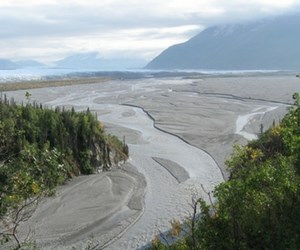
Lake George - Knik River
At the time of its designation, Lake George, located in Alaska, was the largest glacier-dammed lake and one of the most consistent self-dumping lakes in North America. The lake emptied almost annually for 49 years before 1967. When the lake outlet was blocked by the Knik Glacier, the lake swelled with water until summer when the dam broke and the water dumped in a spectacular torrent into the Knik River.

Sheep Rock - Snake River
Sheep Rock, located within Idaho’s Payette National Forest, provides the best view of the horizontally layered lavas that represent successive flows on the Columbia River Basalt Plateau. The two contrasting series of volcanic rocks separated by a major unconformity provides an unobstructed view of an important geologic phenomenon.
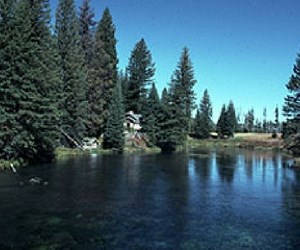
Big Springs - Henry's Fork River
Located within Idaho’s Caribou-Targhee National Forest, Big Springs is the only first-magnitude spring in the country that issues forth from rhyolitic lava flows. It is the source of the South Fork of the Henrys Fork River.
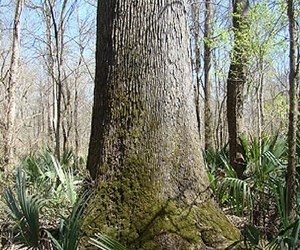
Green Ash-Overcup Oak-Sweetgum Research Natural Areas - Mississippi River
Green Ash, Overcup Oak, and Sweetgum Research Natural Areas in Mississippi are located within the Delta National Forest, in the Mississippi River delta region. They consist of three noncontiguous remnants of very rare virgin bottomland hardwood forest. Some of the oldest sweetgum stands are 250 to 300 years old.
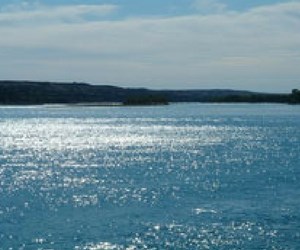
Fort Randall Eagle Roost - Missouri River
Located on the Missouri River of South Dakota, the Fort Randall Eagle Roost is a prime winter roosting area for bald and golden eagles.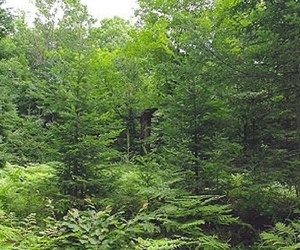
Bose Lake Hemlock Hardwoods - Eagle River
Located within Nicolet National Forest, Bose Lake Hemlock Hardwoods is a mature northern hardwood-hemlock stand that contains the best virgin stand of hemlock in Wisconsin.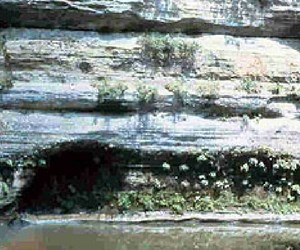
Kickapoo River Natural Area - Kickapoo River
Kickapoo River Natural Area contains the largest undisturbed concentration of exposed seeping sandstone in Wisconsin. The site is a good example, in the driftless area of southwest Wisconsin, of a river with many entrenched meanders. Additionally, the combination of geologic factors has created a multitude of diverse microhabitats that support many flora species, some of which are endangered.Last updated: November 22, 2016
